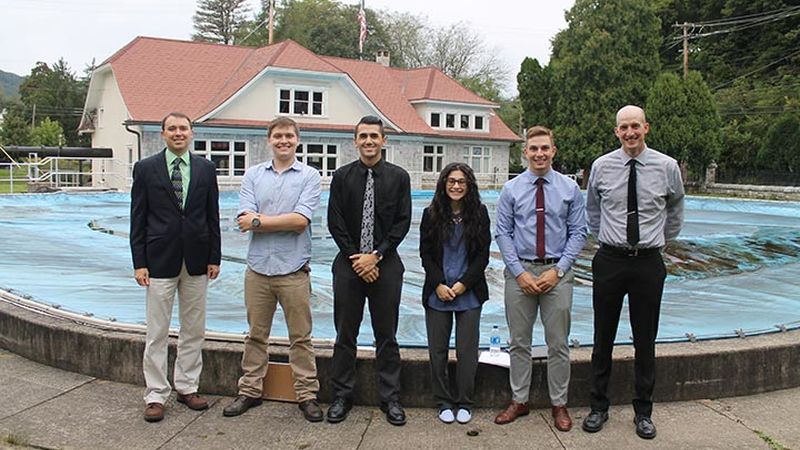Engineering solutions
A group of engineering students at Penn State Hazleton is already getting the opportunity to put their knowledge and skills to use on a real-world project. They are working on designing a drinking water protection system for the borough of Bellefonte on its historic Big Spring, which provides water for about 9,000 customers.


